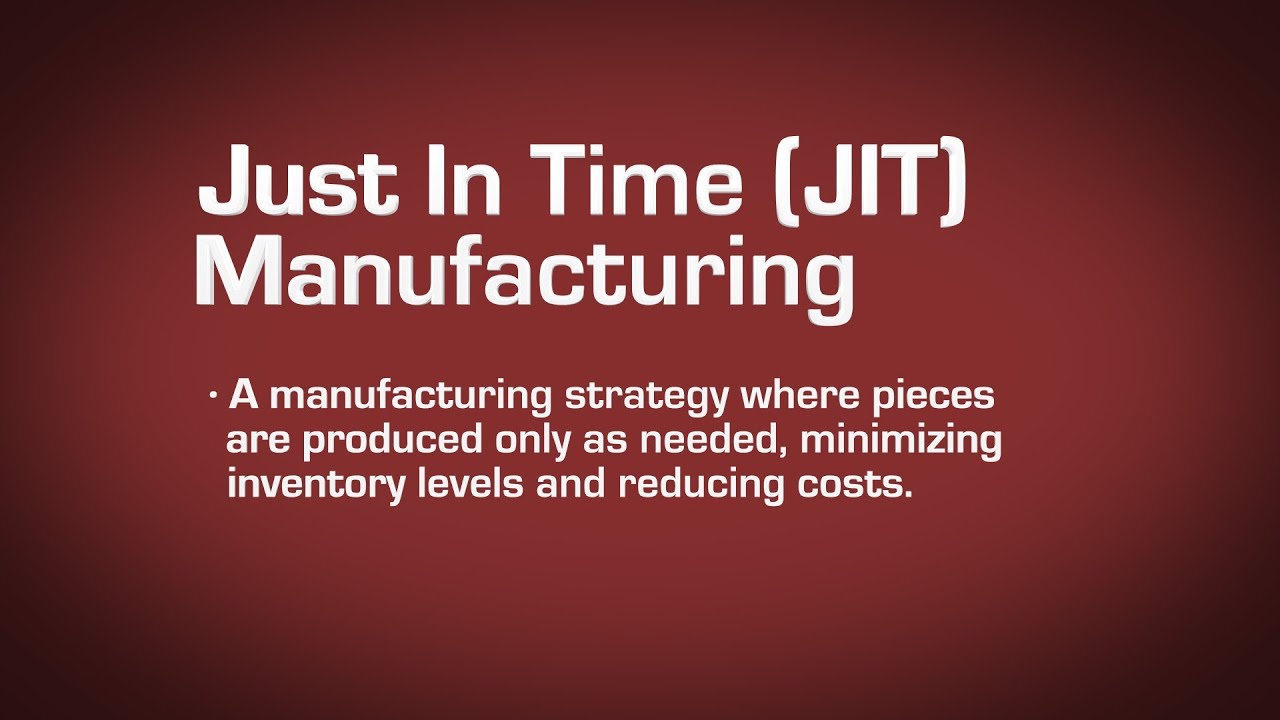Introducing the best ways to gauge employee experience (EX)

Introducing the best ways to gauge employee experience (EX) - Employee Experience (EX) is one of the most popular topics these days. And many companies are looking to improve their employee experience to increase their productivity, reduce downtime, and improve customer satisfaction.
What is employee experience?
From the moment someone looks at your job ad to the moment they leave your company, everything they learn, do, see and feel adds to their experience. In order for your organization to master the management of employees’ experience, you need to listen to their professionals at every stage of their life cycle, identify what is important to them.Aand create personal and customized experiences.
Employee experience is essential for business performance. Continuing the efforts of customer experience, product improvement. And creating a strong and credible brand, all need the help of your employees. Ultimately, it is their experiences (both positive and negative) that affect their level of hard work, cooperation. Or investment in improving operational performance.
5 stages of employee experience
1- Recruitment
This includes all the steps that lead to hiring a new employee. Considerations are related to the duration of employment, the cost of employment, the acceptance rate and the quality of employment. Was your job advertisement attractive and clear enough to attract the attention of the best applicants? Did your interview process involve and reassure top candidates that they would quickly accept your job offer? How was the applicant’s overall experience?
Read Also: Why do business analysts need critical thinking skills?
2- Acceptance
A newly hired person becomes accustomed to systems, tools. And processes and lives up to the expectations of their role. Most new employees need time to be productive. Obviously, the sooner they can do this, the better for your organization.
3- Development
Staff development is a continuous stage in their journey as people develop different speeds in different skills. As employees grow within their role, you need to measure their productivity, ability to be on the team. And their aspirations for promotion. You should also give them the opportunity to develop their skill set, which is an increasingly important distinction for many employees looking for a “portfolio” of different experiences.
4- Maintenance
Employees are now fully developed and integrated into the organization. With a strong people retention strategy, you can keep the company performing, developing. And contributing to the success of the company, as well as making sure they are inspired by and committed to the company’s vision.
5- Exit
Employees can leave for many reasons: they may retire, move to another company, or change their lives. Every employee leaves your company at some point, and finding the reason for this is an opportunity to improve and develop the employee experience for current and future employees.
How to measure employee experience? - Introducing the best ways to gauge employee experience (EX)
According to Jacob Morgan, one of the most prominent researchers in the field of employee experience, employee experience can be divided into three areas:
- Physical space
- Workplace technology
- Company culture
Read Also: What is after-sales service and how can we provide the best after-sales service?
Thus, measuring employee experience is summed up in the extent to which your employees are satisfied with the actual spaces and tools they use to do their job, and with the overall feeling they get from working in your organization.
As simple as it may seem, many companies are trying to get a realistic picture of how their employees feel about their workplace. Below are some techniques to help you measure employee experience.
1- Employee experience surveys
This is the most common technique for collecting employee feedback these days. Surveys allow you to gather easy feedback for analysis and action from a large number of employees simultaneously.
In addition, surveys allow you to understand the experience of those remote and front-line employees who may not be in direct contact with their supervisors on a daily basis due to different shift locations and schedules. Modern employee applications can also collect feedback on mobile phones, making it easy to collect information even from employees who do not have access to email.
The following are the most common types of employee experience surveys:
Employee Interaction Survey
Employee participation is the emotional connection that an employee feels to his or her organization, which affects their behaviors and level of effort in work-related activities.
Conclusion
Measuring employee experience can be important for many organizations. That’s why modern programs have built-in polls to help you get feedback on how employees feel at work.





